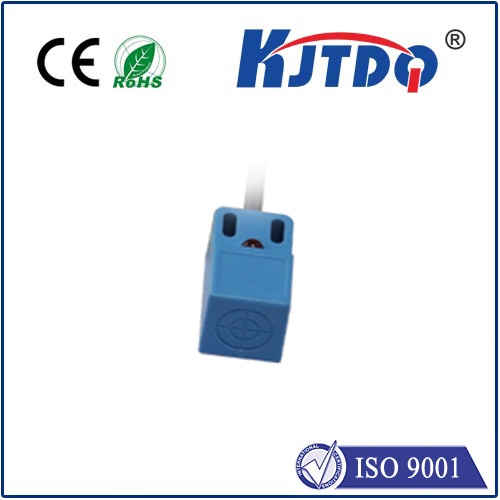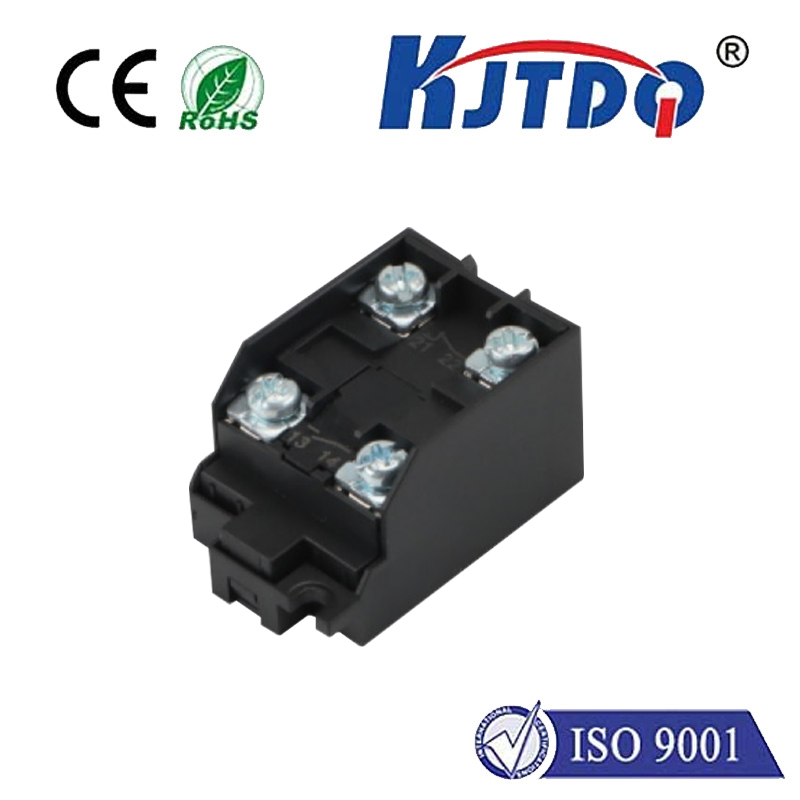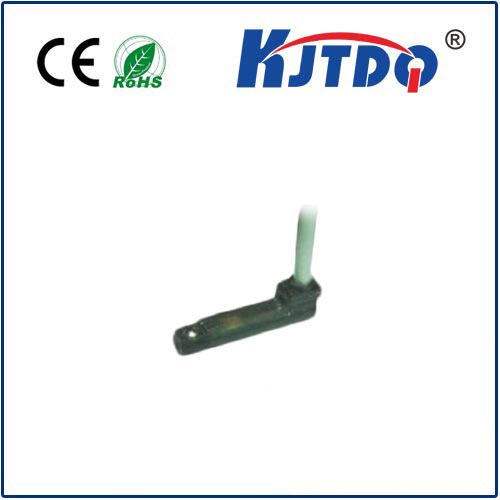BIM-UNT-AP6X2-H1141: The Future of Smart Building Technology
In today’s rapidly evolving construction industry, the integration of advanced technologies is becoming increasingly vital. One such innovation that is reshaping the way buildings are designed, constructed, and maintained is BIM-UNT-AP6X2-H1141, a cutting-edge building information modeling (BIM) system. This technology not only enhances efficiency but also ensures precision and sustainability in the architectural and engineering processes.
What is BIM-UNT-AP6X2-H1141?
BIM-UNT-AP6X2-H1141 is a specialized BIM platform designed for complex architectural projects. It combines the strengths of Building Information Modeling with advanced data management and simulation tools. Unlike traditional BIM systems, this platform is tailored for high-density urban environments and large-scale infrastructure projects, offering a comprehensive solution for managing the entire lifecycle of a building.
Key Features and Benefits

One of the most significant advantages of BIM-UNT-AP6X2-H1141 is its ability to integrate multiple data sources into a single, unified system. This includes architectural blueprints, structural designs, and even environmental impact assessments. By consolidating all this information, the platform enables engineers and architects to make data-driven decisions, reducing the likelihood of errors and delays.
Moreover, the system supports real-time collaboration among stakeholders, including architects, engineers, contractors, and clients. This seamless communication ensures that everyone is working with the same data, minimizing misunderstandings and streamlining the project timeline.
Enhancing Sustainability and Efficiency
In addition to its practical benefits, BIM-UNT-AP6X2-H1141 plays a crucial role in promoting sustainable construction. The platform allows for the simulation of energy consumption, material usage, and environmental impact, enabling architects to design buildings that are not only aesthetically pleasing but also environmentally responsible. By optimizing resource use and reducing waste, this technology contributes to a more sustainable future for the construction industry.
Challenges and Future Outlook
Despite its many advantages, the adoption of BIM-UNT-AP6X2-H1141 is not without challenges. One of the primary obstacles is the need for comprehensive training and support for users. As with any advanced technology, the successful implementation of this system requires a cultural shift within organizations and a commitment to continuous learning.
Looking ahead, the future of BIM technology is promising. As artificial intelligence and machine learning continue to advance, platforms like BIM-UNT-AP6X2-H1141 will become even more intelligent, capable of predicting project outcomes and suggesting optimal solutions. This evolution will further enhance the efficiency and accuracy of building projects, making them more cost-effective and sustainable.
Conclusion
In conclusion, BIM-UNT-AP6X2-H1141 represents a significant leap forward in the construction industry. Its integration of advanced data management, real-time collaboration, and sustainability features makes it an essential tool for modern architectural and engineering practices. As the industry continues to evolve, the adoption of such innovative technologies will play a pivotal role in shaping the future of smart, efficient, and environmentally conscious building projects.









